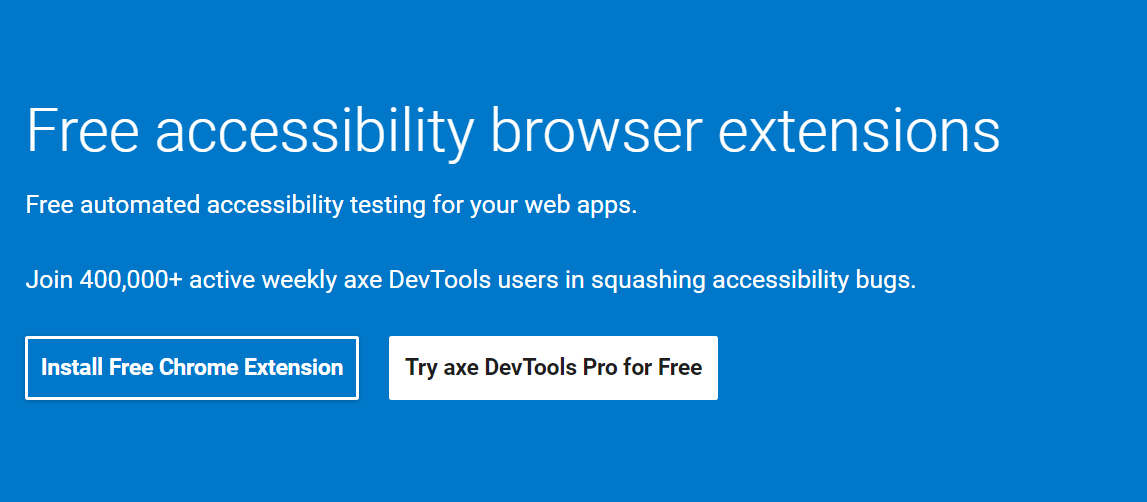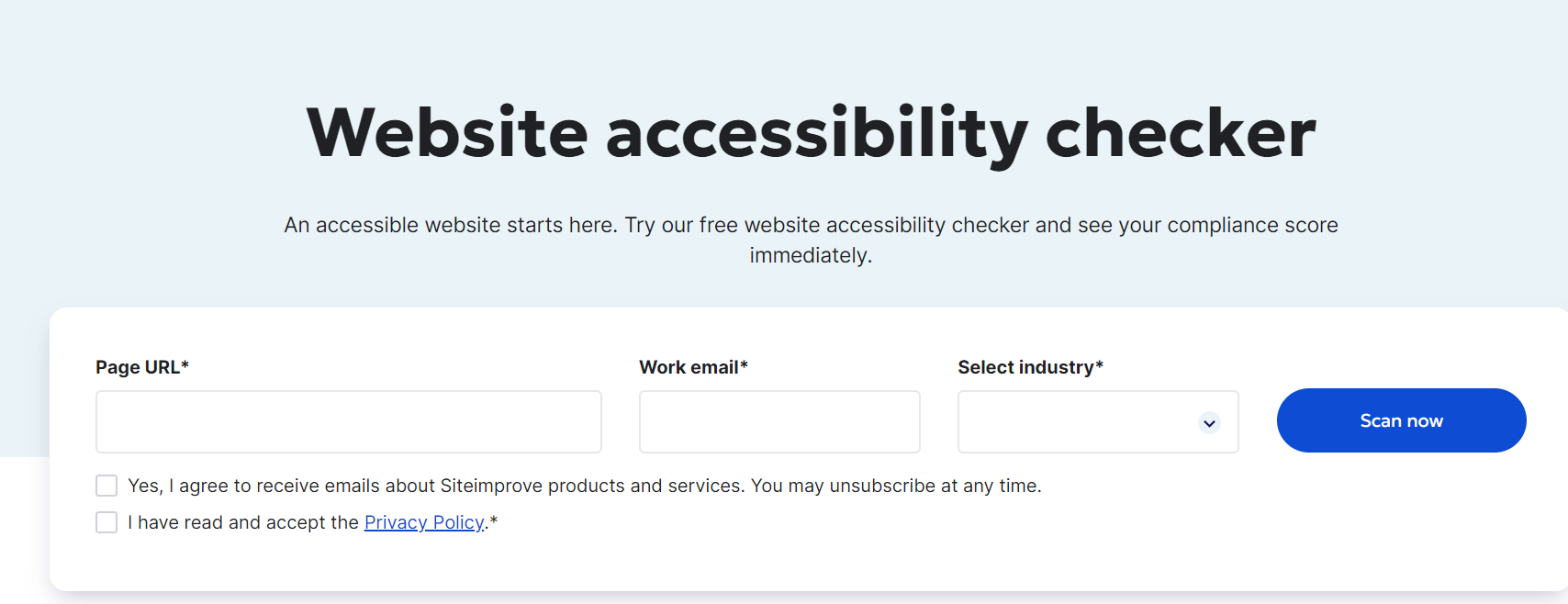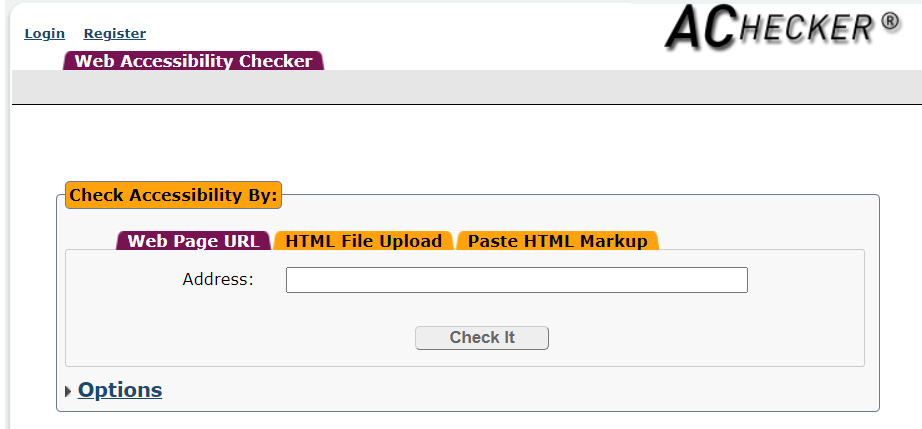Web accessibility is the practice of designing websites that can be used and understood by everyone, regardless of their abilities. This includes people with visual, auditory, motor, or cognitive disabilities. By making your website accessible, you support inclusion and improve its usability, search engine visibility (SEO), and overall reach.
Web accessibility is crucial for protecting your business and ensuring compliance with local and global guidelines such as Website Compliance Accessibility Guidelines (WCAG) and the Americans with Disabilities Act (ADA).
A web accessibility checker tool helps website owners find accessibility issues and suggest possible solutions to make the content accessible to everybody.
In this article, we will explore some of the top web accessibility checker tools that help you identify and fix website accessibility issues.
- 1. Accessibility Checker
- 2. AccessScan
- 3. WAVE
- 4. Level Access
- 5. a11y
- 6. Axe DevTools
- 7. Siteimprove
- 8. AChecker
- Show less
1. Accessibility Checker
Accessibility Checker is a web accessibility tool designed to evaluate the accessibility of websites. By running a website URL, users obtain a detailed report highlighting areas of improvement, such as semantic structure and color contrast, etc., to enhance accessibility for individuals with disabilities.

Accessibility Checker helps to ensure compliance with ACA and WCAG 2.1 guidelines for a more inclusive online experience. It also offers recommendations to improve website accessibility, such as providing alternative text for images and ensuring keyboard navigation for all interactive elements.
2. AccessScan
AccessScan is an AI-based web accessibility tool by accessiBe that scans websites or landing pages for accessibility compliance with WCAG standards. It provides a free PDF report of accessibility gaps found on the website.

AccessiScan’s real-time scanning feature offers immediate accessibility fixes for websites, ensuring ongoing compliance with accessibility standards without the need for manual adjustments.
AccessScan addresses accessibility issues automatically and offers various customization options such as color contrast, font sizes, and navigation options to enhance accessibility for all users, regardless of their disabilities. It solves common accessibility issues, like alt text for images, keyboard navigation, and form labels, without requiring manual intervention.
3. WAVE
WAVE is a web accessibility tool designed to test and improve the accessibility of websites and applications. Its focus is on educating users and increasing global accessibility for individuals with disabilities. It was created by WebAIM, a non-profit organization focused on enhancing web accessibility for individuals with disabilities.

The WAVE helps identify and fix accessibility errors on websites to ensure compliance with guidelines like WCAG. It also conducts human evaluations to improve content readability simply by entering your web page URL into the tool.
WAVE offers Chrome and Firefox extensions for easier access to check web pages directly from the browser, including locally stored, password-protected, and dynamic pages.
The WAVE API is available as a stand-alone service or subscription-based service, making it easy to collect data on multiple pages. Additionally, WAVE offers the accessibility tool Pope Tech for accessibility tracking and enterprise-grade reporting.
4. Level Access
Level Access offers a Web Accessibility tool to help organizations ensure their websites are accessible to all users, including those with disabilities, and ensure your website meets WCAG 2.1 standards. The tool includes features such as automated testing, manual testing, and reporting capabilities to help companies identify and fix accessibility issues, ensure compliance with regulations, and track progress over time.

Web Accessibility tool helps you conduct a thorough scan of your site, identify critical violations, and offer actionable recommendations to address them. It offers PDF reports to address issues and ensure compliance with guidelines like ADA and WCAG using a web accessibility solution.
5. a11y
a11y is a free color contrast accessibility validator tool used to test color contrast on websites to ensure compliance with the WCAG 2.1 guidelines. By using this tool to test color accessibility, designers can ensure that their websites are user-friendly for all individuals, regardless of their abilities.

An a11y color contrast accessibility validator tool helps identify and correct color contrast issues on web pages, apps, or selected color pairs, enhancing the user experience for all visitors. Simply inputting the hex codes of the background and text colors on a website provides instant feedback on whether the contrast ratio meets the WCAG standards.
6. Axe DevTools
Axe DevTools browser extensions by Deque Systems are AI-powered tools that help web help developers and designers identify and address accessibility issues in their code or web applications.

The Axe DevTools browser extension is available on Google Chrome, Mozilla Firefox, and Microsoft Edge. Once installed, it allows you to run automated accessibility tests on any webpage or web application. Its browser extension helps identify and fix coding issues that cause problems, including accessibility violations. It also allows manual testing with a screen reader for certain areas.
7. Siteimprove
Siteimprove website accessibility checker is designed to scan web pages for accessibility issues and create a compliance score. It prioritizes issues by severity, integrates with development workflows, and follows international accessibility guidelines.

Siteimprove accessibility checker identifies and provides feedback on potential barriers to accessibility on websites, such as semantic structure, missing alt text for images, color contrast issues, etc. It helps users make their websites more inclusive and compliant with international accessibility standards like WCAG and legal regulations like the ADA and Section 508 of the Rehabilitation Act.
8. AChecker

AChecker web accessibility checker tool can help identify common accessibility issues on websites, such as missing image descriptions, alt text for images, text contrast, improper heading structure, insufficient color contrast, and lack of keyboard navigation options. These issues can impact users with visual impairments or those who rely on keyboards for navigation.
What is Web Accessibility?
Web accessibility is the practice of making websites, applications, and digital content accessible and user-friendly for everyone, including individuals with disabilities.
To comply with accessibility guidelines such as ADA and WCAG, websites must include features like screen reader compatibility, keyboard accessibility, proper color contrast, and video captions.

It is important to ensure that your website or app is accessible to individuals with various disabilities, including dyslexia, autism, head injuries, deafness, paralysis, cerebral palsy, color blindness, low vision, etc., in order to make it easier for them to access your content.
Why is Web Accessibility important for business?
Web accessibility is important for businesses to ensure that their websites are easily accessible to everyone, including those with disabilities. It helps create a more inclusive online environment, expands the audience reach, increases revenue, and positively impacts SEO and customer satisfaction.
Ensuring web accessibility is also important for a company’s reputation and legal compliance with laws such as the Americans with Disabilities Act (ADA) and the European Accessibility Act (EAA).
Here are some reasons why web accessibility is important for your business:
- Maximize your website’s reach by ensuring it is accessible to a wider audience.
- Boost your SEO ranking by including accessibility features that search engines favor.
- Enhance your brand reputation by showing that you care about inclusivity.
- Avoid potential legal issues by complying with accessibility regulations such as the ADA, EAA, and WACG.
- Increase usability for all users, leading to higher conversion rates and customer satisfaction.
- Stay ahead of competitors who may not prioritize web accessibility.
- Create a positive and welcoming online presence for all visitors, regardless of their abilities.
Enhance Web Accessibility: Empower Everyone
The internet is a vast source of information, with websites, software platforms, and online applications. Accessibility is crucial for all users, including those with disabilities. Web accessibility checker tools are essential for ensuring your website is accessible to everyone.
Web accessibility checker tools improve user experience and reach a broader audience. Utilizing these tools in your web development process can assist in creating a more inclusive and user-friendly website.

